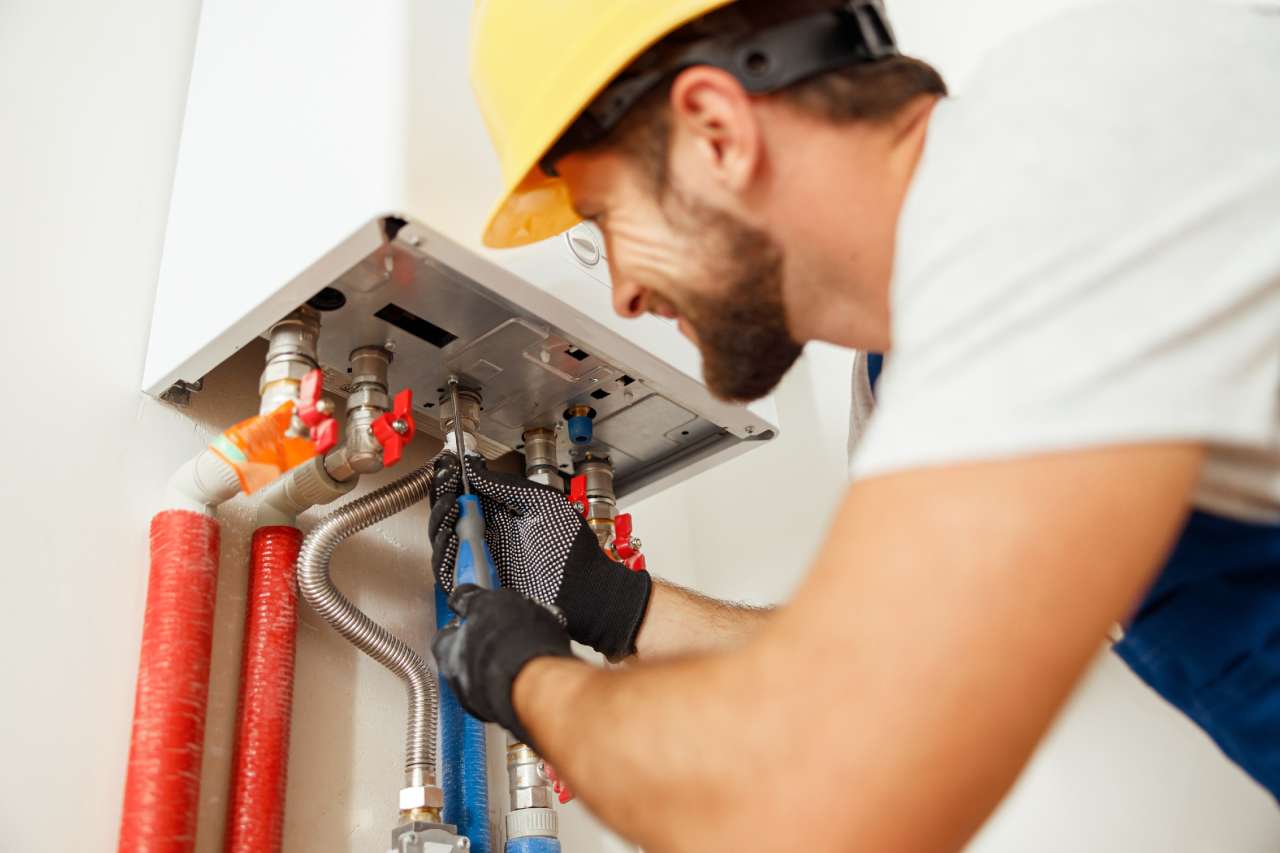

Articles
How To Reset A Tankless Water Heater
Modified: February 29, 2024
Learn how to reset a tankless water heater with these helpful articles. Step-by-step instructions and troubleshooting tips to get your heater back up and running.
(Many of the links in this article redirect to a specific reviewed product. Your purchase of these products through affiliate links helps to generate commission for Storables.com, at no extra cost. Learn more)
Introduction
Tankless water heaters have become increasingly popular in recent years due to their energy efficiency and on-demand hot water supply. Unlike traditional water heaters that store and heat a large volume of water, tankless water heaters heat water directly as it passes through the unit, providing hot water instantly whenever needed.
While tankless water heaters are known for their reliability and longevity, occasionally they may encounter issues that require resetting. Resetting a tankless water heater can help resolve various problems such as error codes, incorrect settings, or minor malfunctions. In this article, we will guide you through the process of resetting a tankless water heater and provide valuable tips for troubleshooting common issues.
Before we dive into the reset procedure, let’s take a closer look at how tankless water heaters work and why it’s important to understand their functionality.
Key Takeaways:
- Resetting a tankless water heater is essential for resolving common issues such as error codes, power outages, and minor malfunctions. Following safety precautions and proper maintenance can ensure optimal performance and longevity of the unit.
- Understanding the step-by-step reset process, troubleshooting common issues, and implementing regular maintenance practices are crucial for maximizing the efficiency and lifespan of a tankless water heater. Seeking professional assistance for complex problems is advisable.
Read more: How To Reset A Navien Tankless Water Heater
Understanding Tankless Water Heaters
Tankless water heaters, also known as on-demand water heaters or instantaneous water heaters, are an innovative alternative to traditional storage tank water heaters.
Unlike their counterparts, tankless water heaters do not store hot water in a large tank. Instead, they heat water directly as it passes through the unit. When you turn on a hot water tap, cold water flows through a heat exchanger inside the tankless water heater, where it is rapidly heated to the desired temperature.
One of the significant advantages of tankless water heaters is their energy efficiency. Traditional water heaters continuously heat and reheat the water in the tank, resulting in energy wastage. In contrast, tankless water heaters only heat water when it is needed, reducing energy consumption and lowering utility bills.
Additionally, tankless water heaters provide an endless supply of hot water. Since they heat water on demand, you don’t have to worry about running out of hot water during long showers or extensive household tasks.
Another benefit of tankless water heaters is their compact size. These units are much smaller and can be installed in various locations, including on walls, under sinks, or in tight spaces.
It’s important to note that tankless water heaters require a sufficient flow rate to activate the heating process. If the flow rate is too low, the unit may not be able to heat the water adequately. Therefore, it is essential to consider the flow rate requirements when selecting a tankless water heater for your home.
Now that we have a better understanding of how tankless water heaters function, let’s explore the reasons why you might need to reset your unit.
Reasons for Resetting a Tankless Water Heater
Resetting a tankless water heater can help resolve various issues that may arise during its operation. Here are some common reasons why you might need to reset your tankless water heater:
- Error Codes: Tankless water heaters are equipped with advanced control systems that monitor their performance. In case of any issues, the unit may display error codes on its control panel. Resetting the water heater can clear these error codes and potentially resolve the underlying problem.
- Power Outages: If there has been a power outage or a temporary loss of power, your tankless water heater may need to be reset. Power interruptions can disrupt the unit’s functioning and require a reset to restore normal operation.
- Flame Failure: In gas-powered tankless water heaters, a flame failure can occur due to a variety of reasons, such as gas supply issues or an obstructed burner. Resetting the unit can help reset the flame sensor and potentially resolve the flame failure issue.
- Incorrect Settings: If you have made changes to the temperature settings or other configuration options of your tankless water heater and are experiencing problems, a reset can restore the default factory settings. This can help eliminate any incorrect settings that may be causing issues.
- Minor Malfunctions: In some cases, tankless water heaters may experience minor malfunctions that can be resolved by a simple reset. Resetting the unit can clear any temporary glitches or malfunctions in the internal system, allowing the water heater to operate smoothly again.
When encountering any of these issues, it is important to perform a proper reset following the manufacturer’s instructions. Before proceeding with the reset process, it is crucial to ensure your safety by taking necessary precautions.
Let’s discuss the safety precautions you should follow before resetting your tankless water heater.
Safety Precautions
Before resetting your tankless water heater, it is important to prioritize your safety. Follow these safety precautions to ensure a safe reset:
- Power Off: Before starting any work on your tankless water heater, turn off the power supply. Locate the circuit breaker or the power switch connected to the unit and switch it off. This will prevent any potential electrical hazards during the resetting process.
- Gas Supply: If you have a gas-powered tankless water heater, make sure to turn off the gas supply. Locate the gas valve connected to the unit and turn it off. This will prevent any potential gas leaks or combustion hazards.
- Ventilation: Ensure that the area around your tankless water heater is well-ventilated. Tankless water heaters require proper airflow to operate safely. Make sure there are no obstructions or blockages around the unit that could impede ventilation.
- Protective Gear: Wear appropriate protective gear such as gloves and safety glasses to protect yourself from any potential hazards during the reset process. This will safeguard you from any accidental burns, cuts, or injuries.
- Read the Manual: Familiarize yourself with the manufacturer’s instructions and guidelines for resetting your specific tankless water heater model. Different models may have different reset procedures, so it’s essential to follow the correct instructions provided by the manufacturer.
By following these safety precautions, you can minimize any potential risks and ensure a safe resetting process for your tankless water heater.
Now that we have covered the safety precautions, let’s proceed with the step-by-step guide for resetting a tankless water heater.
To reset a tankless water heater, locate the power source and turn it off for at least 5 minutes. Then, turn it back on and check for any error codes or indicators. If the issue persists, consult the manufacturer’s manual or contact a professional for assistance.
Step-by-Step Guide to Resetting a Tankless Water Heater
Resetting a tankless water heater should be done carefully and following the manufacturer’s instructions. While the specific steps may vary depending on the model, here is a general guide to help you reset your tankless water heater:
- Turn Off the Power: Locate the circuit breaker or power switch connected to the tankless water heater and switch it off. This ensures that there is no power running to the unit during the reset process.
- Wait for Cooling: Give the tankless water heater enough time to cool down before proceeding with the reset. This will prevent any potential burns or injuries during the reset process.
- Find the Reset Button: Look for the reset button on the control panel of the tankless water heater. It is usually a small button labeled “Reset” or indicated by an arrow pointing to it.
- Press and Hold the Reset Button: Press and hold the reset button for a few seconds, usually around 3-5 seconds. This will initiate the reset process for the water heater.
- Release the Reset Button: After holding the reset button for the required time, release it. The tankless water heater will begin the reset process, which may take a few moments.
- Wait for the Reset to Complete: Allow the tankless water heater to complete the reset process. This may involve certain system checks or self-diagnostic procedures that the unit needs to perform.
- Power On the Water Heater: After the reset process is complete, turn the power supply back on. Flip the circuit breaker or switch connected to the tankless water heater to the “On” position.
- Monitor for Normal Operation: Once the tankless water heater is powered on, observe its operation. Ensure that there are no error codes or issues being displayed on the control panel. The unit should begin functioning normally.
It’s important to note that the specific steps for resetting a tankless water heater may vary depending on the model and manufacturer. Always refer to the user manual or consult the manufacturer’s instructions for the precise reset procedure for your unit.
If resetting your tankless water heater does not resolve the issue, it may be necessary to contact a professional plumber or the manufacturer’s customer support for further assistance.
Next, let’s discuss some common issues that may require resetting your tankless water heater and provide troubleshooting tips.
Read more: How To Choose A Tankless Water Heater
Common Issues and Troubleshooting
While tankless water heaters are reliable and efficient, they can encounter certain issues that may require resetting. Here are some common problems you may experience with your tankless water heater and troubleshooting tips:
- No Hot Water: If you’re not getting any hot water, there may be a few possible causes. First, ensure that the power and gas supply to the water heater are turned on. If the unit is powered on and receiving gas, the issue could be with the heating element or the gas burner. Try resetting the water heater, and if the problem persists, it may be necessary to call a professional plumber.
- Flame Failure: In gas-powered tankless water heaters, a flame failure can occur due to a few reasons. Check that the gas supply is turned on and that the gas valve is fully open. If the gas supply is fine, there may be an issue with the gas burner or the ignition system. Resetting the unit can help reset the flame sensor and resolve the problem. If the flame failure continues, it’s recommended to seek professional help.
- Error Codes: Tankless water heaters have built-in error code systems to indicate issues. If you see an error code displayed on the control panel, consult the user manual or manufacturer’s guidelines to understand the specific error and its troubleshooting steps. Resetting the water heater may clear the error code and resolve the problem.
- Low Water Pressure: If you’re experiencing low water pressure from your tankless water heater, check for any possible obstructions in the water lines or filters. Sediment or debris build-up can reduce water flow and cause low pressure. Clean or replace any filters as per the manufacturer’s instructions. If the issue persists, a reset may help reset the water pressure settings.
- Inconsistent Temperature: Inconsistent temperature output can be due to incorrect temperature settings, fluctuations in water pressure, or problems with the heating elements. Check the temperature settings and ensure they are set correctly. If the issue persists, resetting the water heater can help recalibrate the temperature control system.
Remember, these troubleshooting tips are general suggestions. For specific instructions, always refer to the user manual provided by the manufacturer for your tankless water heater model. If the troubleshooting steps don’t resolve the issue, it is recommended to contact a professional plumber or the manufacturer’s customer support for further assistance.
Now that we’ve covered troubleshooting, let’s move on to discussing proper maintenance tips for tankless water heaters.
Proper Maintenance Tips for Tankless Water Heaters
Maintaining your tankless water heater is essential to ensure its longevity and optimal performance. Here are some maintenance tips to keep your tankless water heater in excellent condition:
- Regularly Clean and Flush: Over time, mineral deposits and sediment can accumulate in the heat exchanger of your tankless water heater, affecting its efficiency. It is recommended to clean and flush the unit annually, especially if you live in an area with hard water. Follow the manufacturer’s instructions and use vinegar or a descaling solution to remove any build-up.
- Check the Pressure Relief Valve: The pressure relief valve is an integral safety feature of your tankless water heater. Regularly inspect the valve to ensure it is not corroded or damaged. Test the valve by lifting the lever slightly and allowing water to discharge. If the valve is faulty or leaking, contact a plumber for replacement.
- Inspect the Venting System: For gas-powered tankless water heaters, the venting system is crucial for proper ventilation and the safe release of combustion gases. Inspect the venting pipes regularly for any blockages or damage. Ensure the pipes are properly connected and free from obstructions.
- Check for Leaks: Periodically examine the connections and fittings of your tankless water heater for any leaks. Look for signs of water stains or dampness around the unit. If you notice any leaks, contact a plumber to repair the issue promptly.
- Verify the Flame Color: If you have a gas-powered tankless water heater, the flame color should be blue. If the flames are yellow or orange, it may indicate an issue with the gas combustion. Contact a professional technician to inspect and adjust the burner as needed.
- Follow Manufacturer’s Service Recommendations: Manufacturers provide specific guidelines for maintenance and service intervals for their tankless water heater models. Adhere to these recommendations, which may include professional servicing, to ensure the longevity and warranty coverage of your unit.
By following these maintenance tips, you can enhance the performance and lifespan of your tankless water heater. Regular maintenance not only prevents potential issues but also improves energy efficiency and saves you money on utility bills.
Remember, if you are unsure about any maintenance tasks or if you encounter complicated issues, it is advisable to seek professional assistance from a plumber or the manufacturer’s customer support.
Now, let’s summarize the key points we covered in this article.
Conclusion
Tankless water heaters offer numerous advantages, including energy efficiency and a continuous supply of hot water. However, at times, these units may encounter issues that require resetting. Understanding the proper reset process is crucial to restoring the functionality of your tankless water heater.
In this article, we discussed the importance of resetting a tankless water heater and provided a step-by-step guide to help you navigate the process. We also emphasized the significance of following safety precautions to ensure your well-being throughout the reset process.
We explored common reasons for resetting a tankless water heater, including error codes, power outages, flame failure, incorrect settings, and minor malfunctions. Additionally, we provided troubleshooting tips for addressing common issues, such as no hot water, inconsistent temperature, and low water pressure.
Furthermore, we highlighted proper maintenance practices to keep your tankless water heater in optimal condition. Regularly cleaning and flushing the unit, inspecting the pressure relief valve and venting system, checking for leaks, and following manufacturer’s service recommendations are essential for maximizing the lifespan and efficiency of your tankless water heater.
Remember, always consult the manufacturer’s instructions specific to your tankless water heater model for accurate reset procedures and maintenance guidelines.
By following the information and tips outlined in this article, you can effectively reset your tankless water heater, troubleshoot common issues, and maintain its performance for years to come.
If you encounter complex problems or are unsure about any aspect of your tankless water heater, it is recommended to seek professional assistance from a qualified plumber or the manufacturer’s customer support.
Now that you are equipped with the knowledge and guidance to reset and maintain your tankless water heater, you can enjoy uninterrupted hot water conveniently and efficiently.
Frequently Asked Questions about How To Reset A Tankless Water Heater
Was this page helpful?
At Storables.com, we guarantee accurate and reliable information. Our content, validated by Expert Board Contributors, is crafted following stringent Editorial Policies. We're committed to providing you with well-researched, expert-backed insights for all your informational needs.
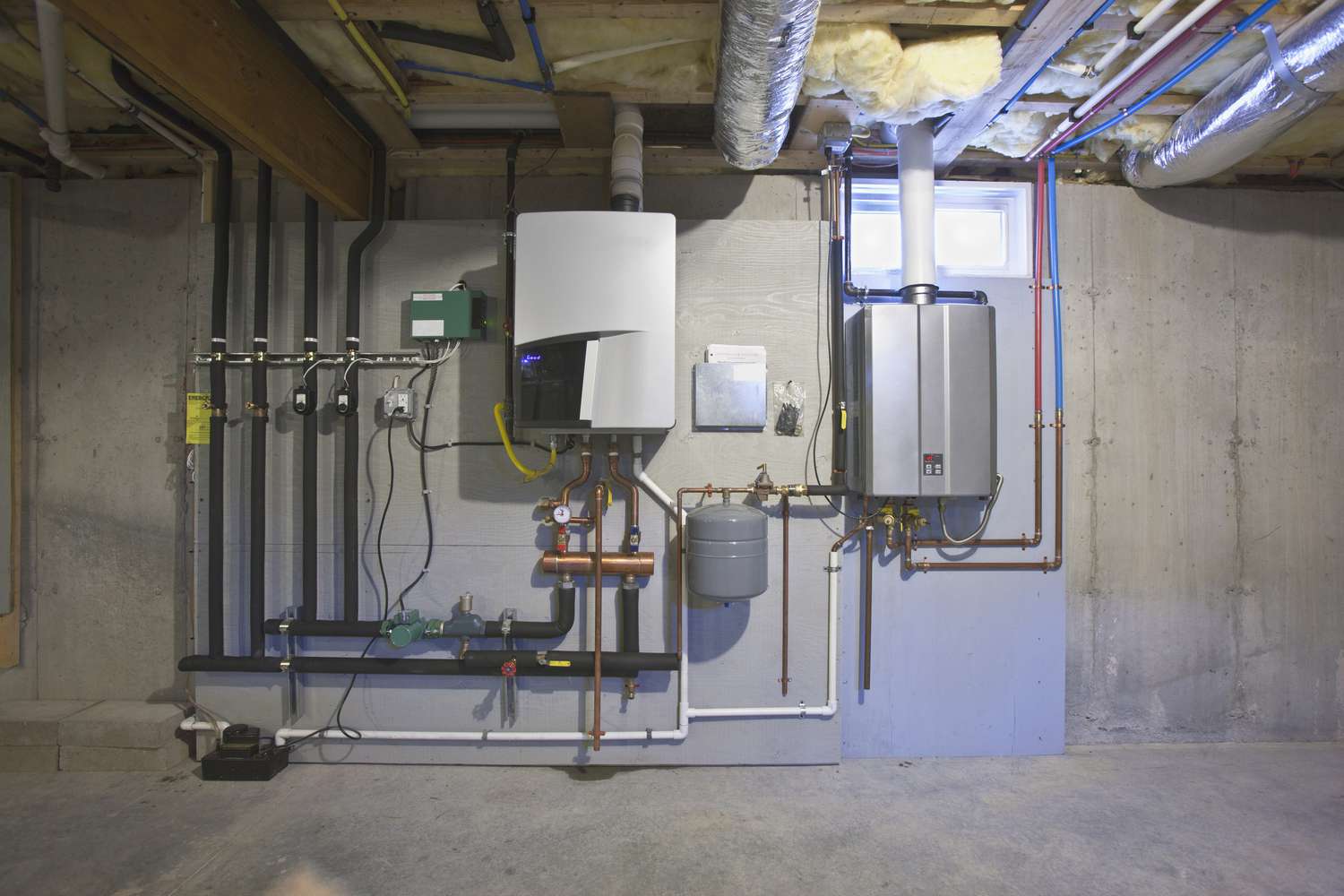
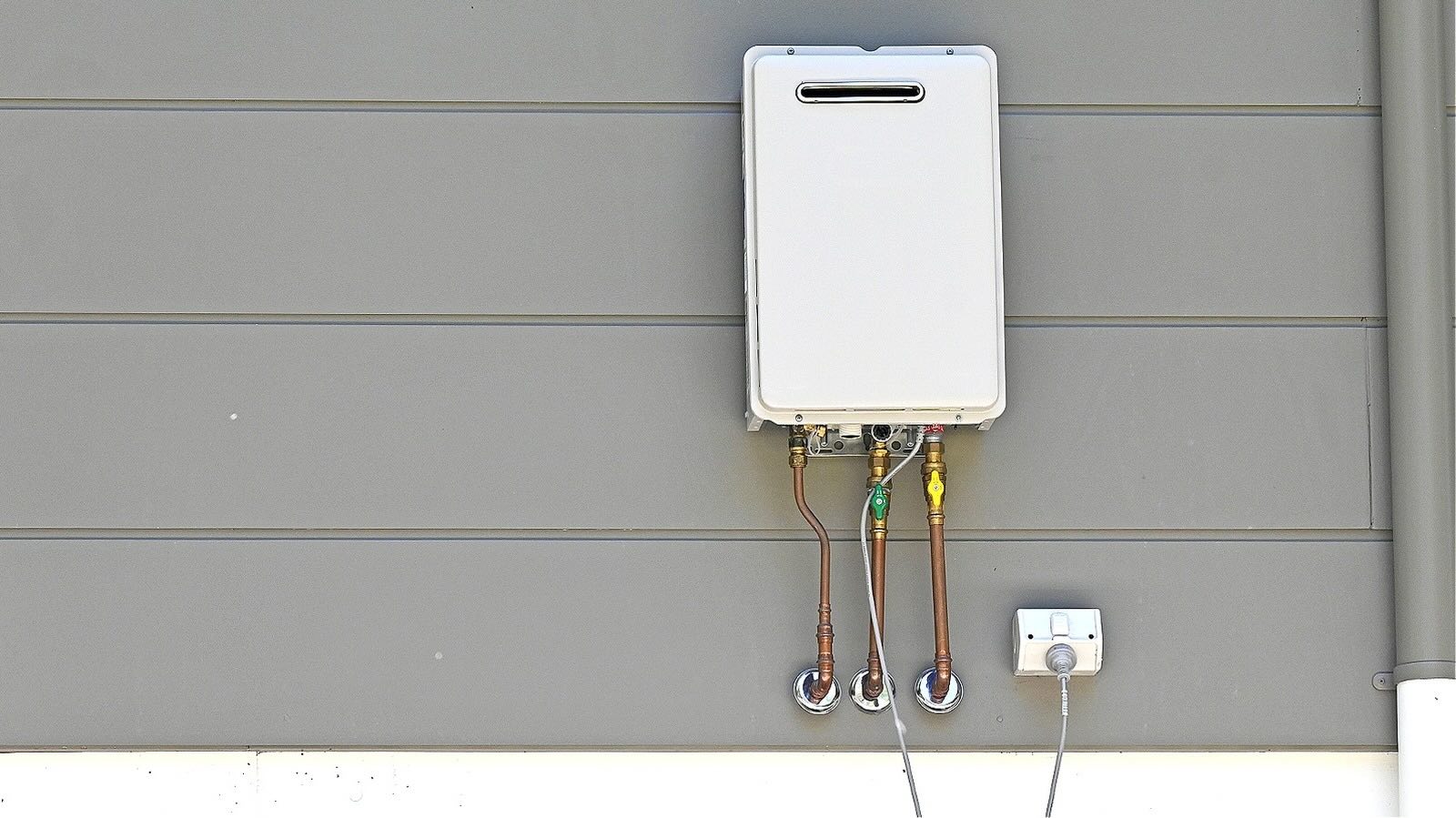
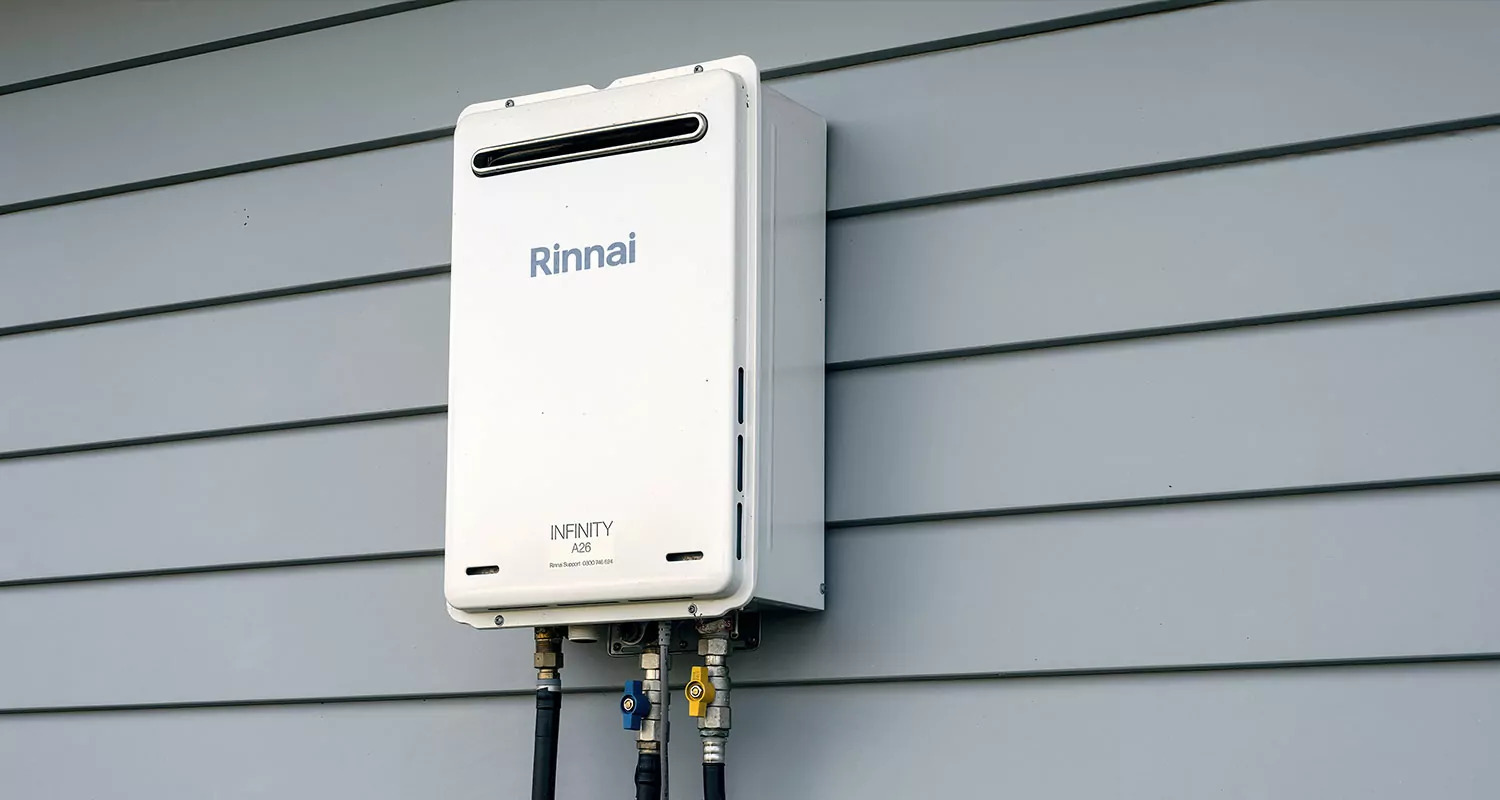
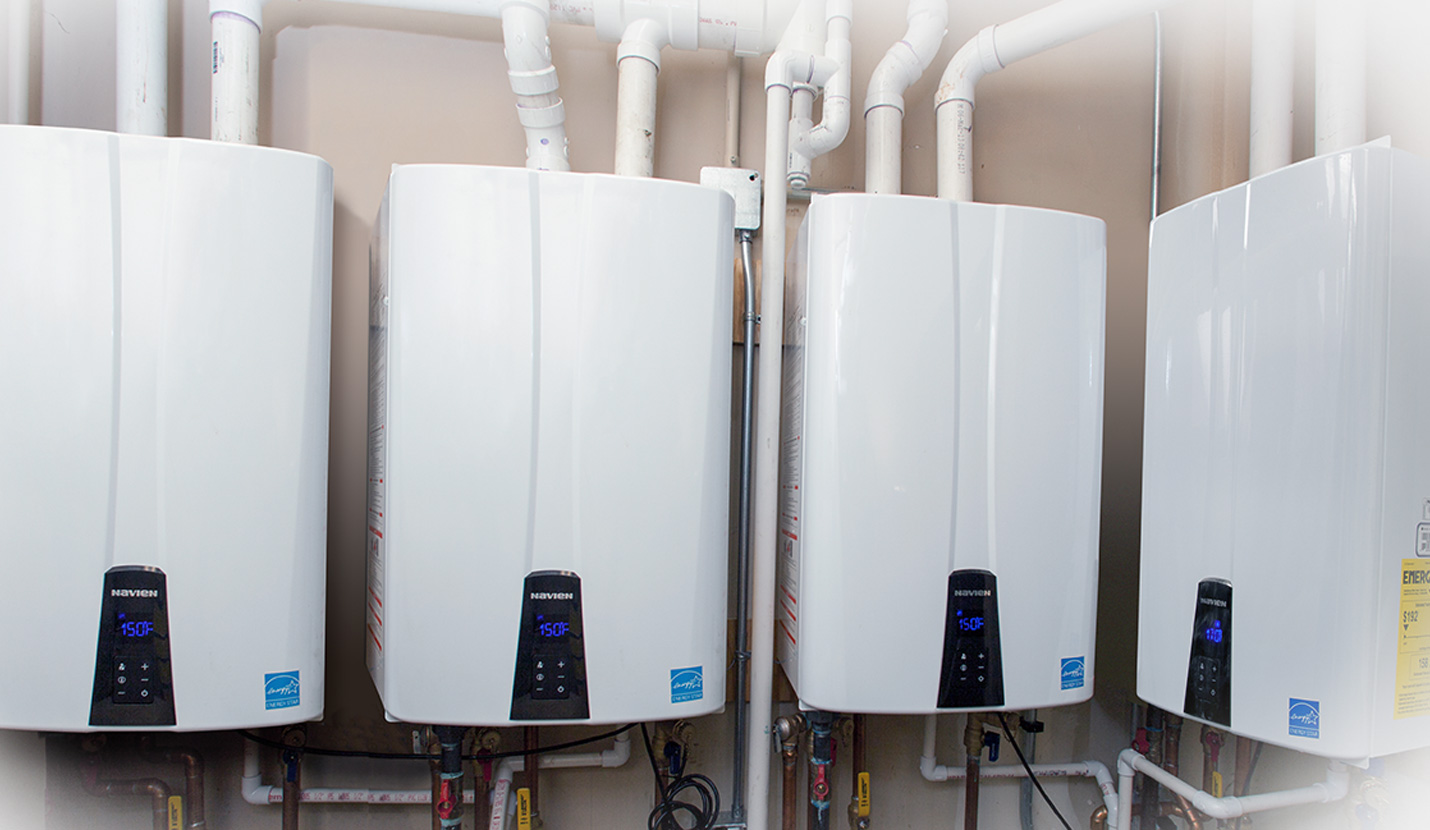
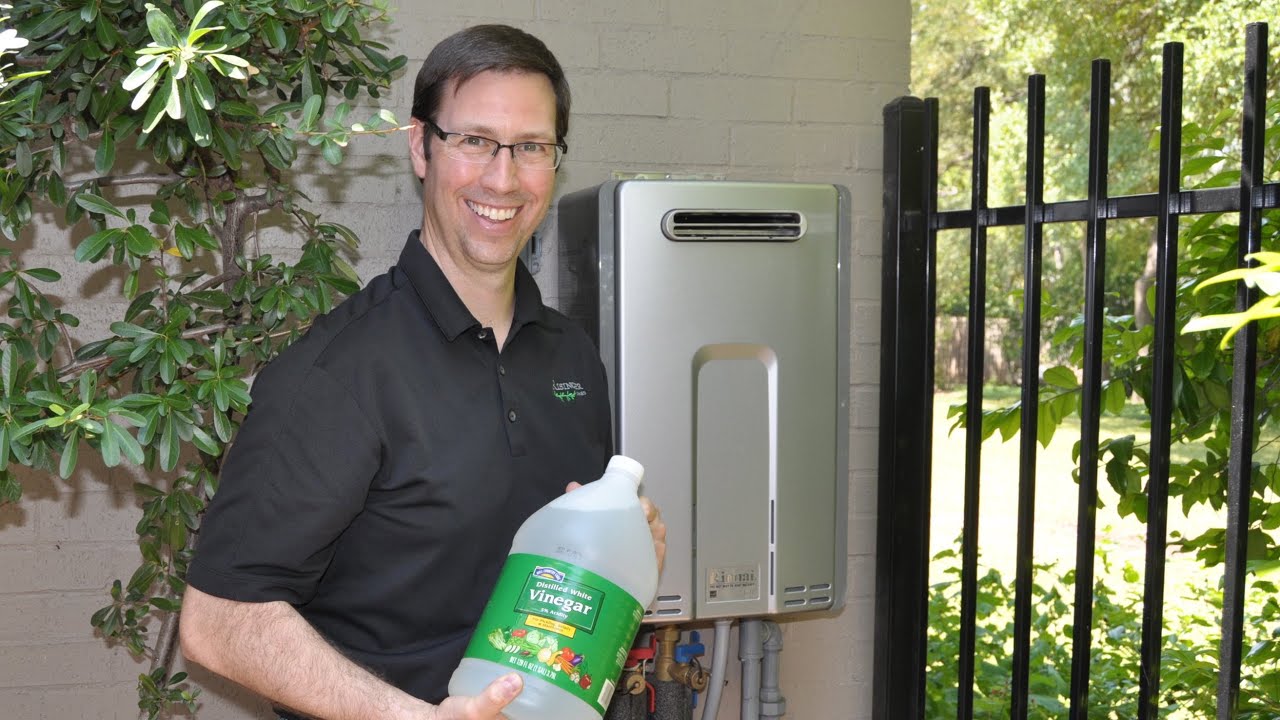
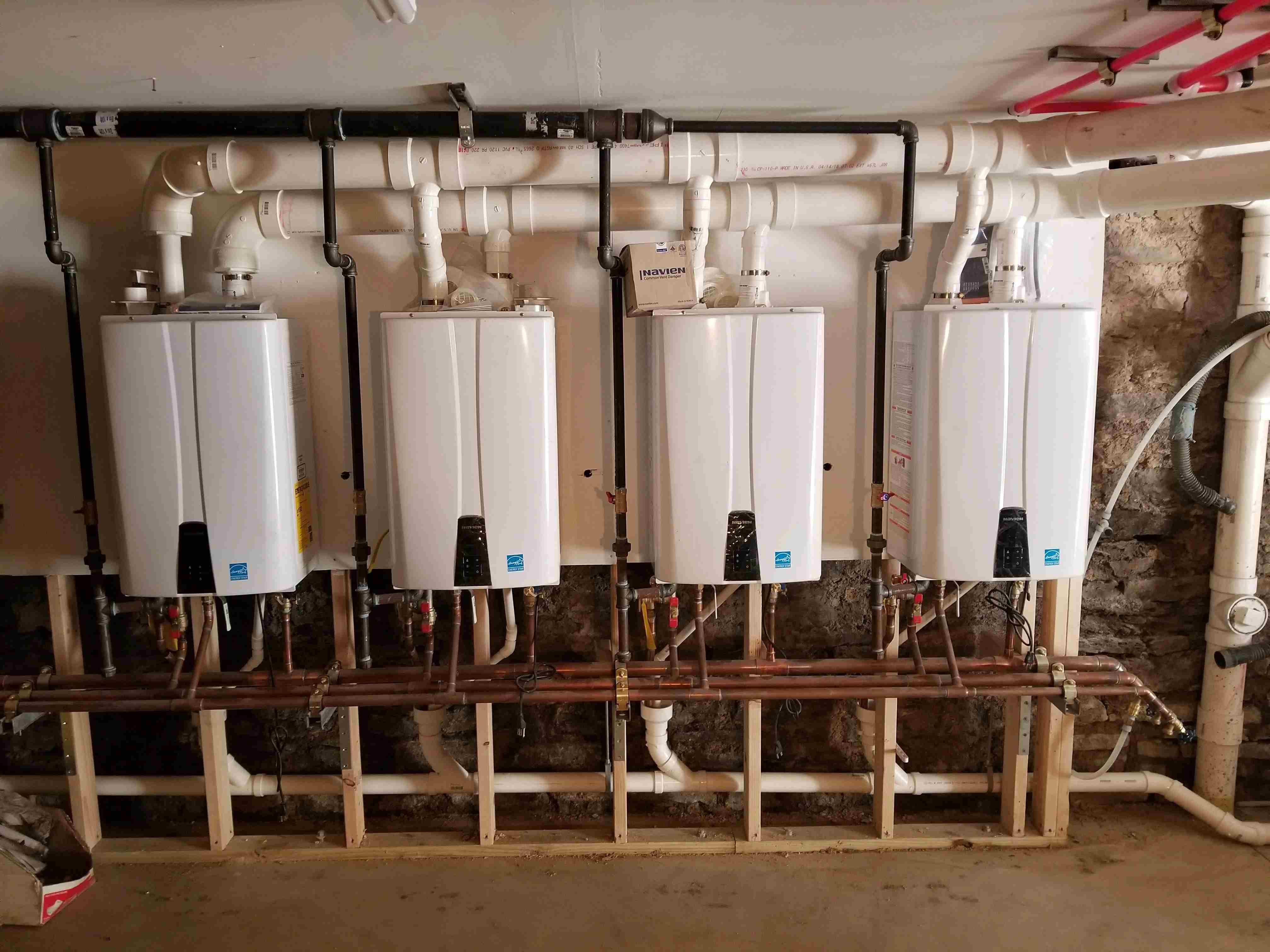
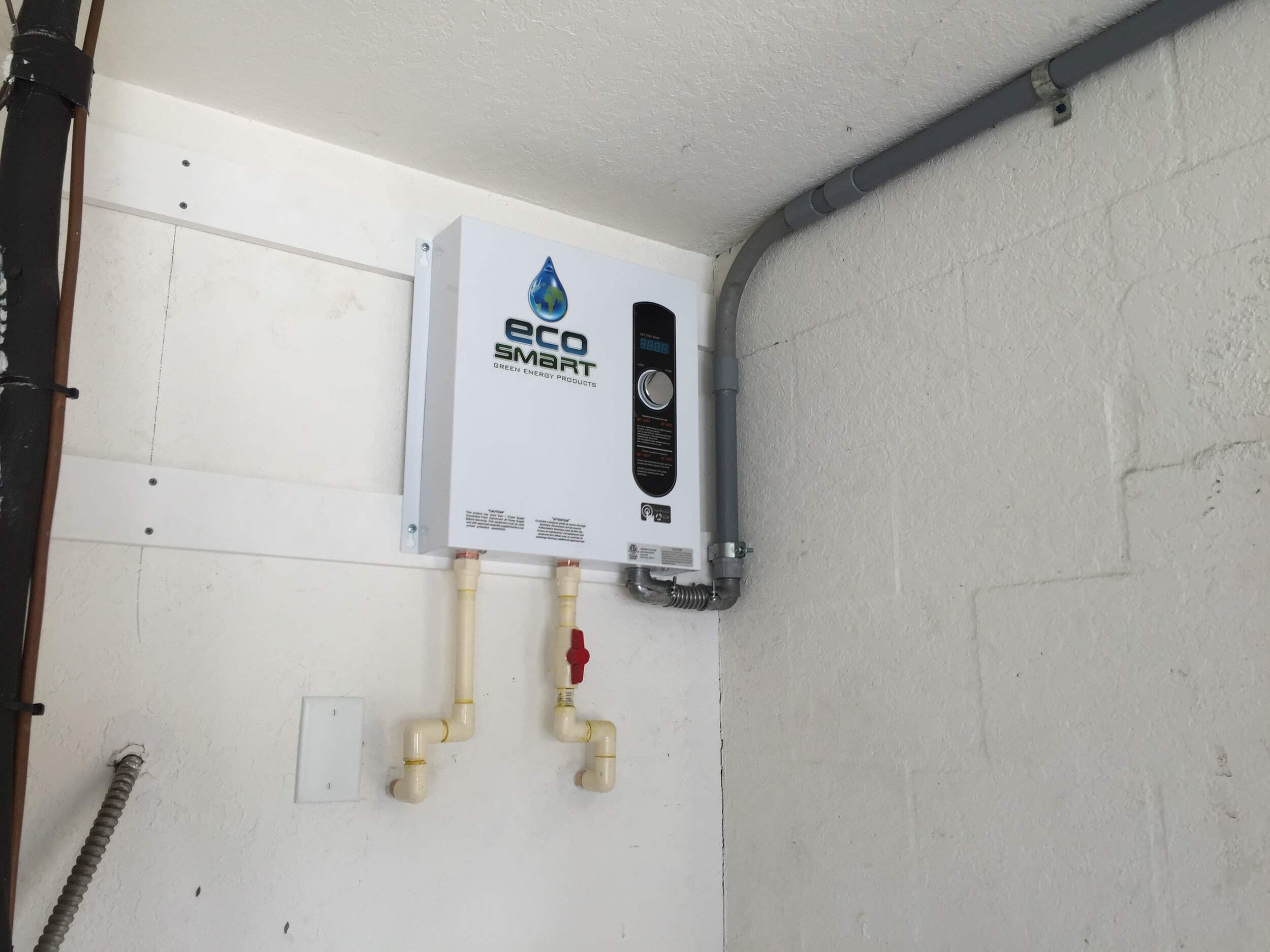
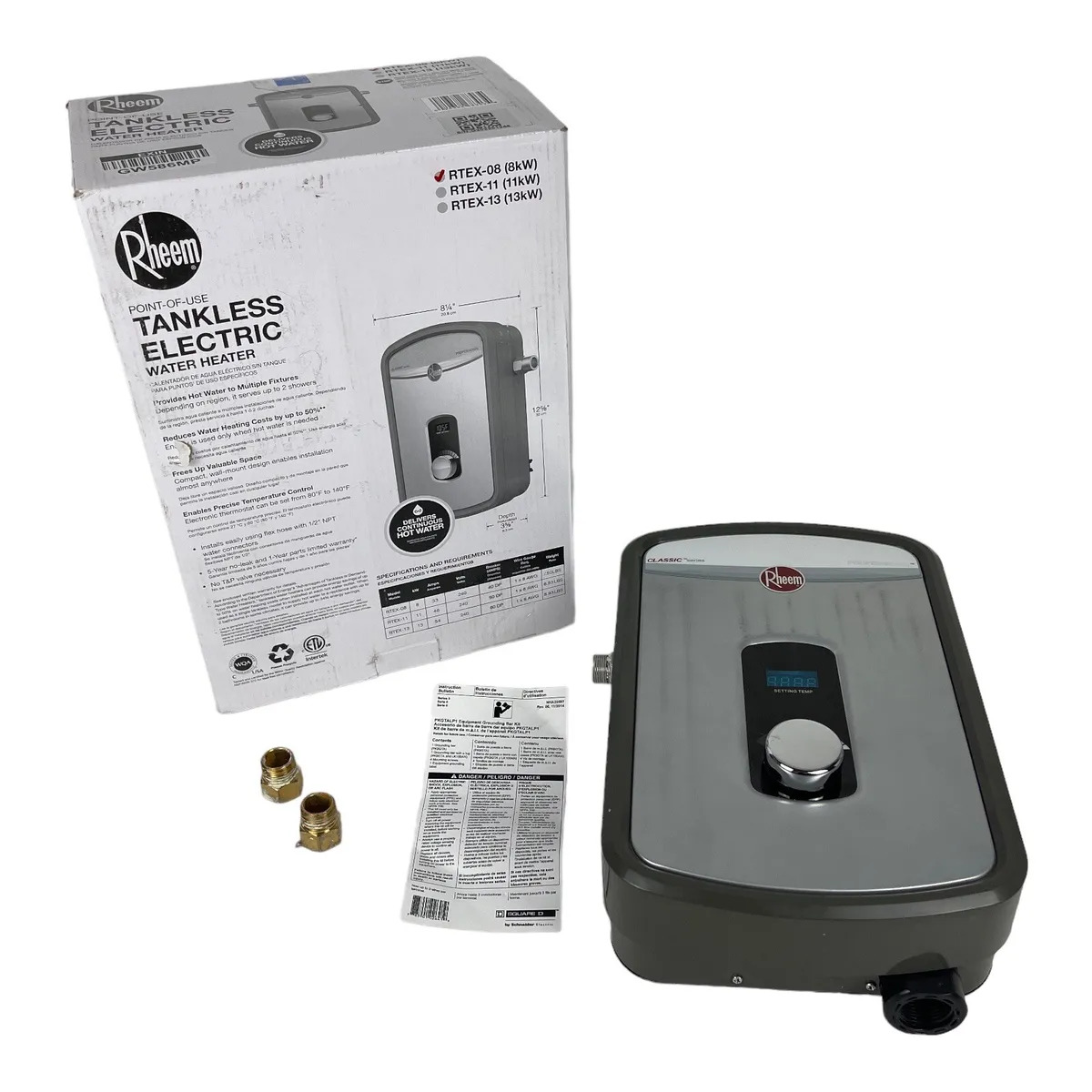
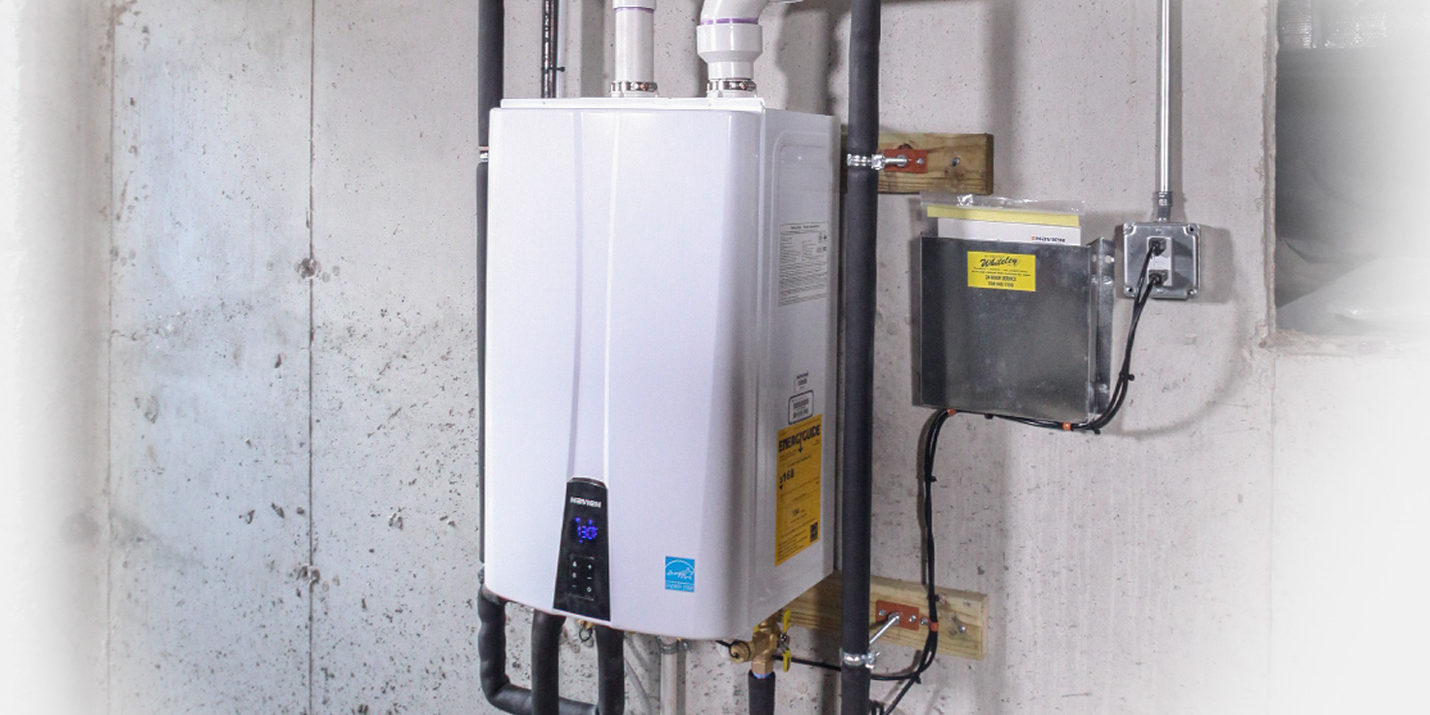
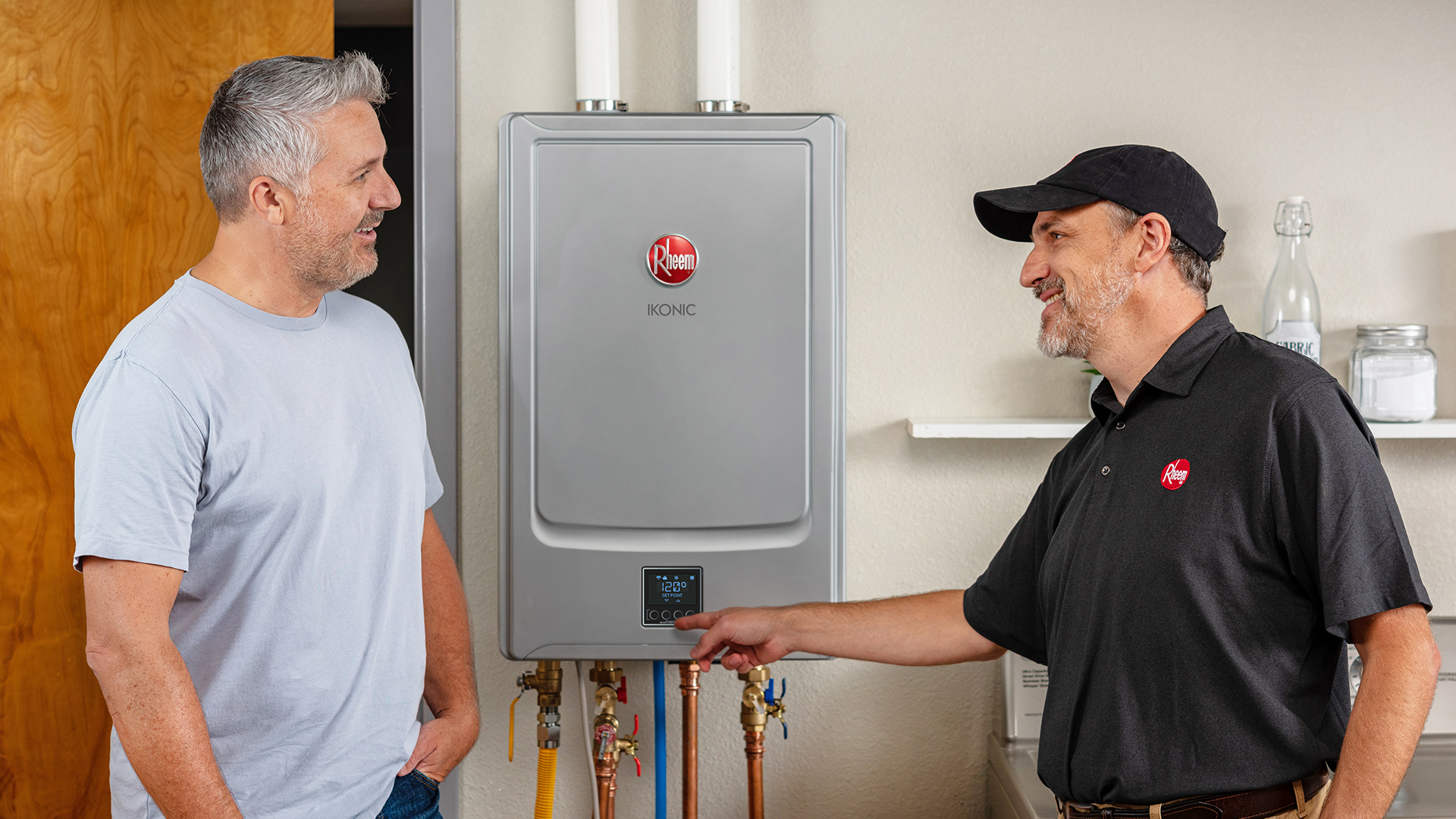
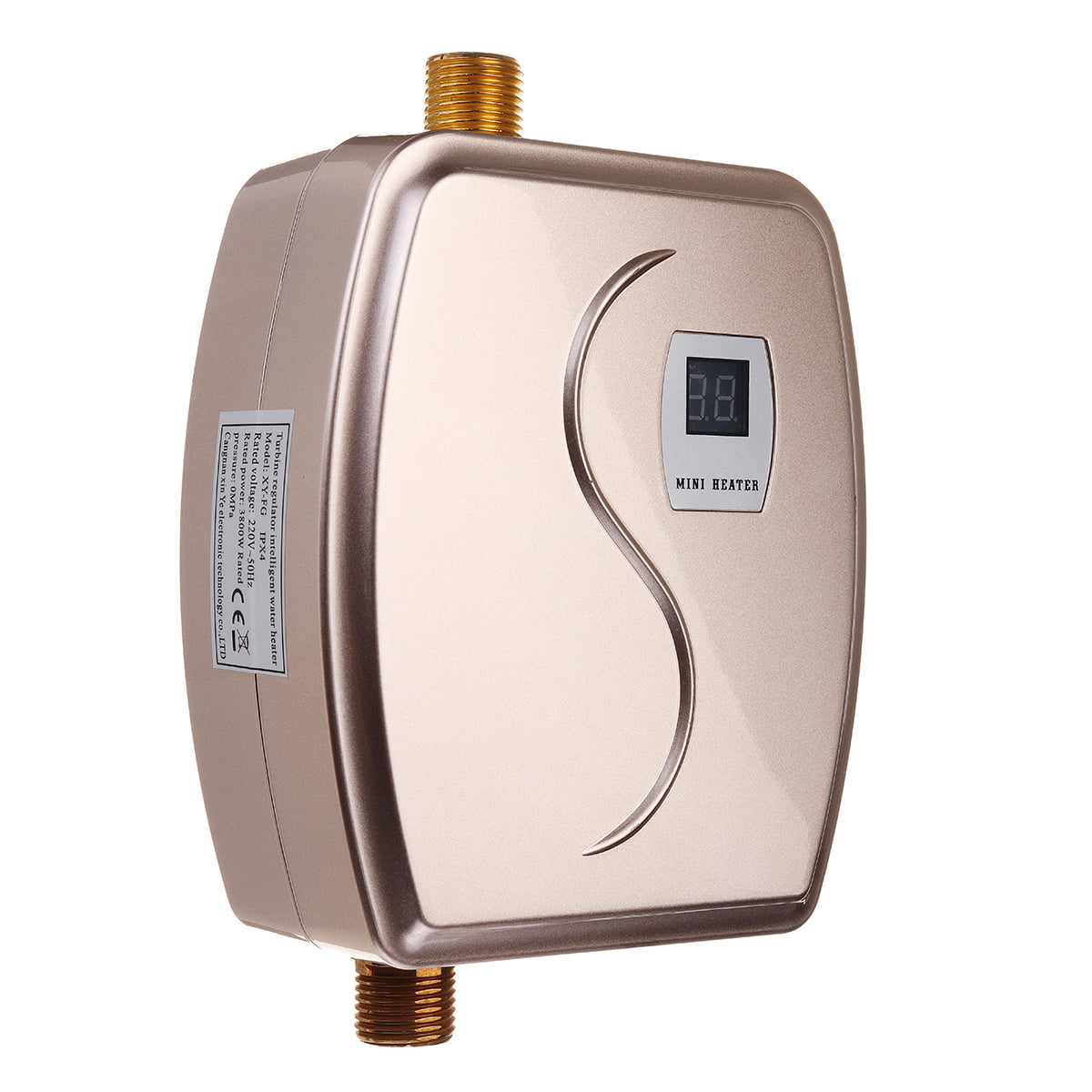
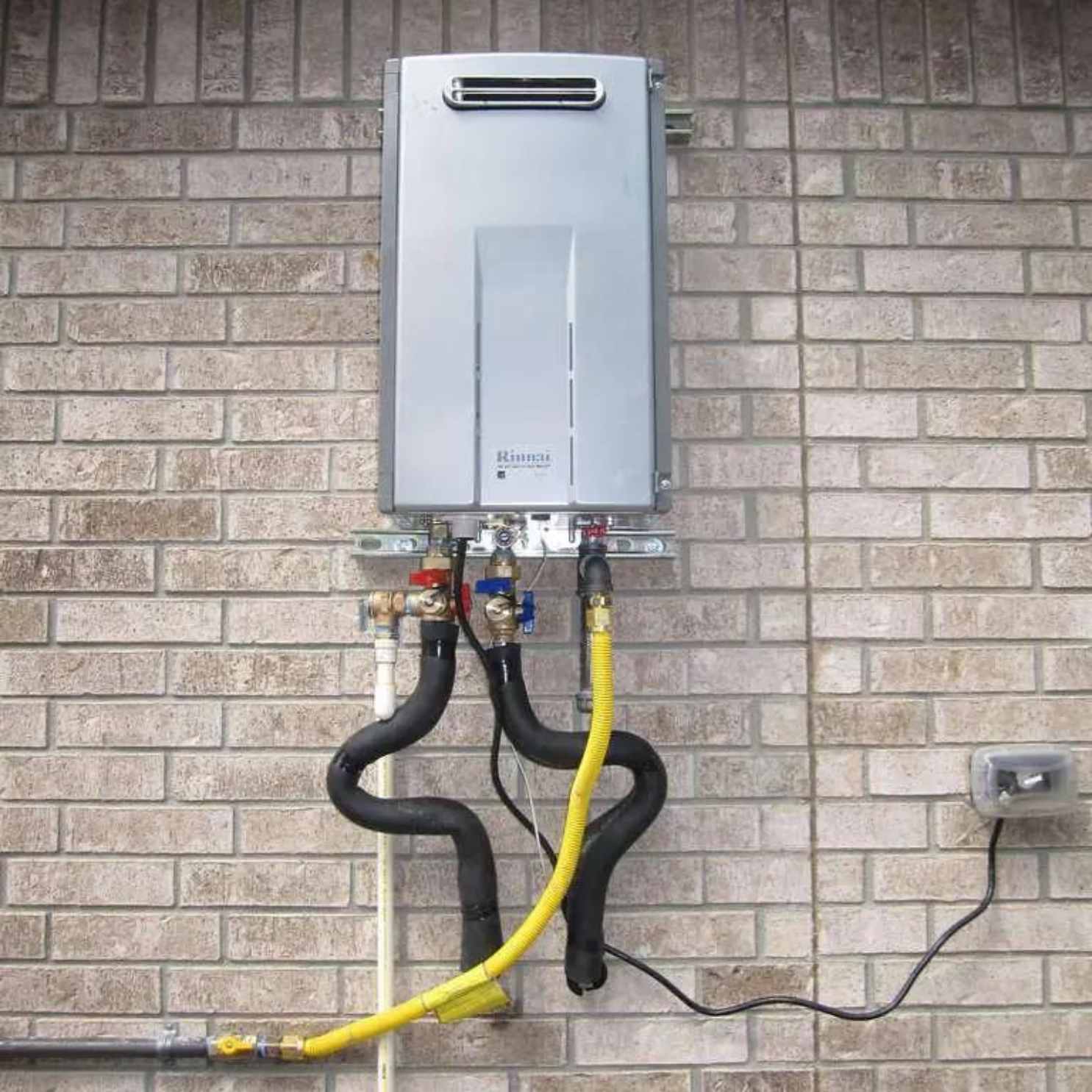
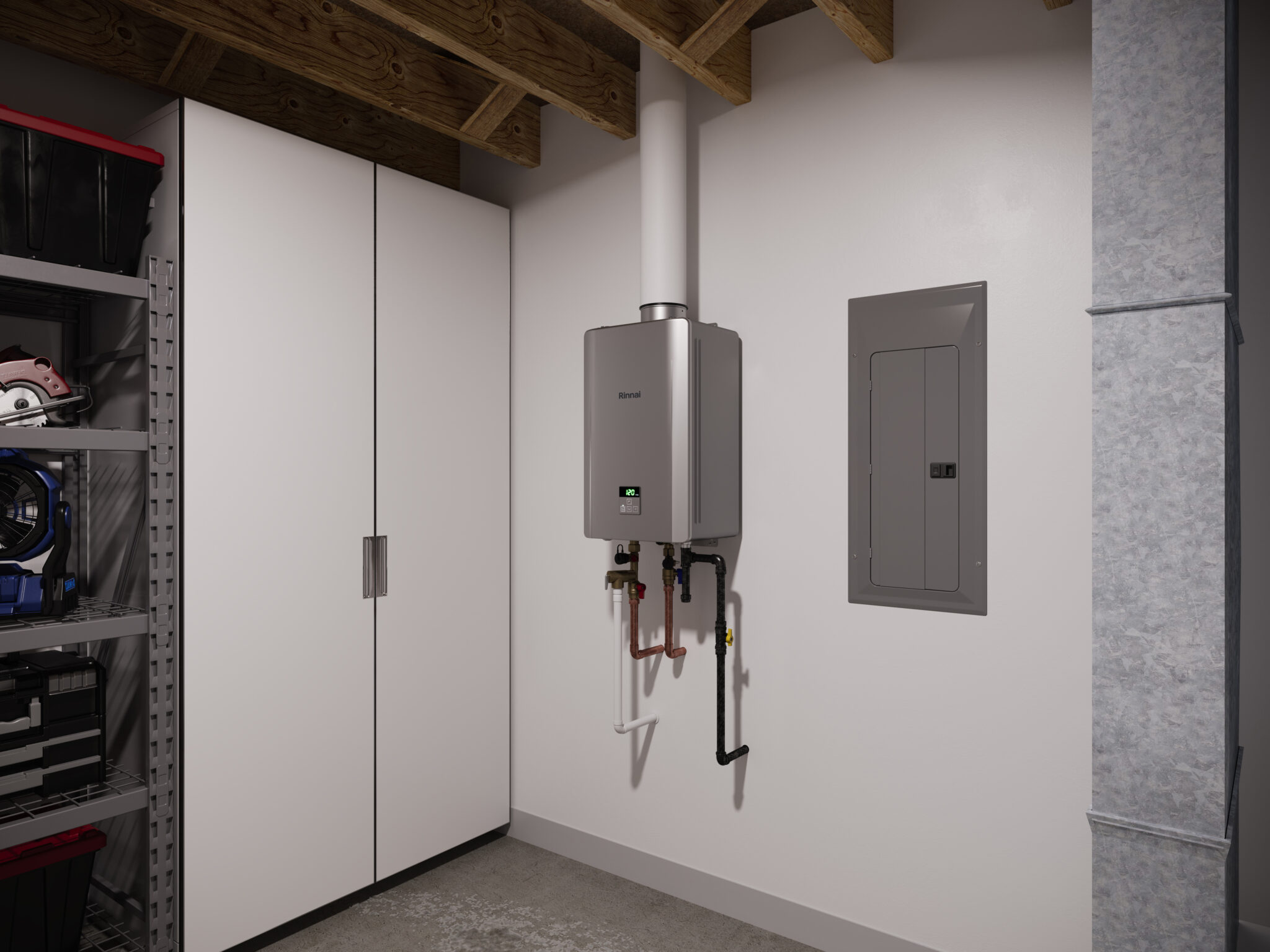
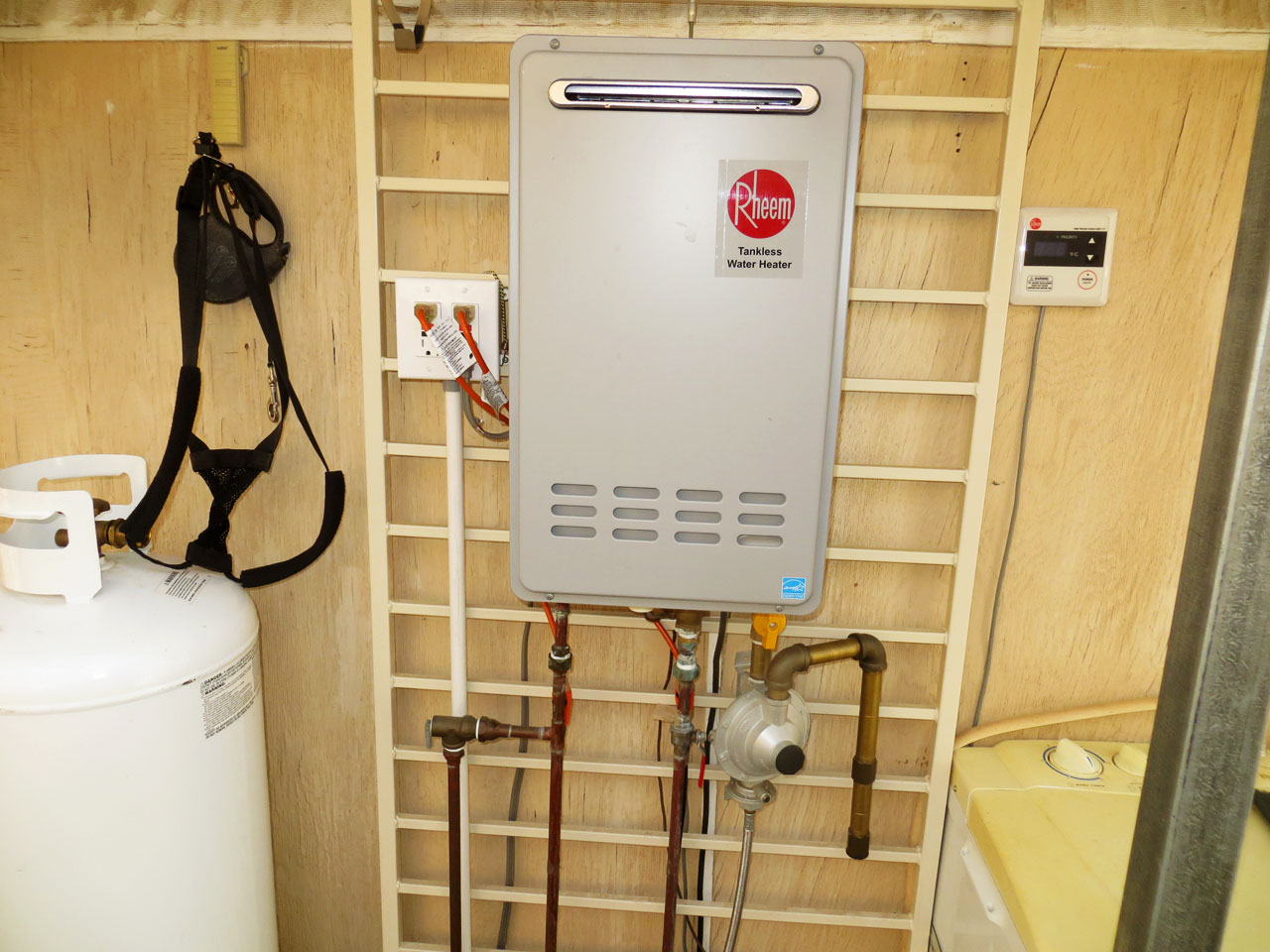

0 thoughts on “How To Reset A Tankless Water Heater”